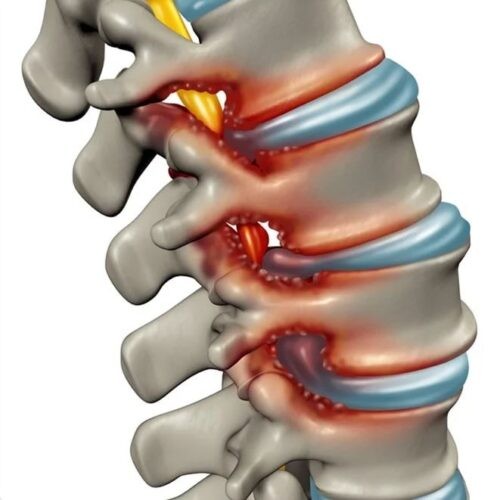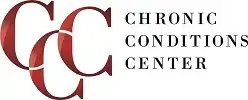Stop the Pain In Your Back & Legs
(How To Find Lasting Relief from Spinal Stenosis)

Spinal stenosis happens when the spaces in your spine narrow, putting pressure on your nerves. This condition can cause pain, numbness, and weakness. Many people struggle with walking, standing, or even sleeping. If you’re searching for a solution, a Chiropractor Near Me may offer the relief you need.
Common Symptoms of Spinal Stenosis
It can affect different parts of the spine. Symptoms may vary depending on the location and severity of the condition.
Lumbar Spinal Stenosis (Lower Back)
- Pain in the lower back
- Numbness or weakness in the legs
- Difficulty walking long distances
- Pain that eases when bending forward or sitting
Cervical Spinal Stenosis (Neck)
- Neck pain or stiffness
- Weakness in the arms or hands
- Numbness or tingling in the fingers
- Trouble with balance or coordination
If these symptoms disrupt your daily life, it’s time to seek expert care from the Best Chiropractor in Pittsburgh.
What Causes Spinal Stenosis?
Several factors contribute to spinal stenosis, including:
- Aging – The spine naturally wears down over time.
- Arthritis – Inflammation can lead to bone spurs that narrow the spine.
- Herniated Discs – Bulging discs can press on spinal nerves.
- Injuries – Trauma from accidents can cause swelling and misalignment.
- Genetics – Some people are born with a smaller spinal canal.
Understanding the root cause of your pain helps guide the right treatment plan.
How Chiropractic Care Can Help
Chiropractic care offers a non-invasive way to relieve stenosis pain. The Best Chiropractor in Pittsburgh focuses on reducing pressure on the spine, improving mobility, and helping you live pain-free.
Gentle Spinal Adjustments: Chiropractors use precise adjustments to realign the spine. This relieves nerve pressure and improves function.
Decompression Therapy: Spinal decompression stretches the spine gently, creating space between vertebrae. This can relieve pressure on nerves and reduce pain.
Shockwave and Cold Laser Therapy: These advanced treatments promote healing, reduce inflammation, and improve mobility. They can enhance recovery and prevent further damage.
Strength and Stability Exercises: Weak muscles can worsen the problem. Chiropractors teach exercises that strengthen your core and improve spinal support.
Find the Best Care for Spinal Stenosis
If you suffer from back or leg pain, don’t wait. Searching for a Chiropractor Near Me can lead you to expert care. The Best Chiropractor in Pittsburgh will create a personalized plan to relieve pain and restore movement.
Take the First Step to a Pain-Free Life
You don’t have to live with pain. Chiropractic care provides safe, effective relief without surgery or drugs. Schedule a consultation today and start your journey to better health!
